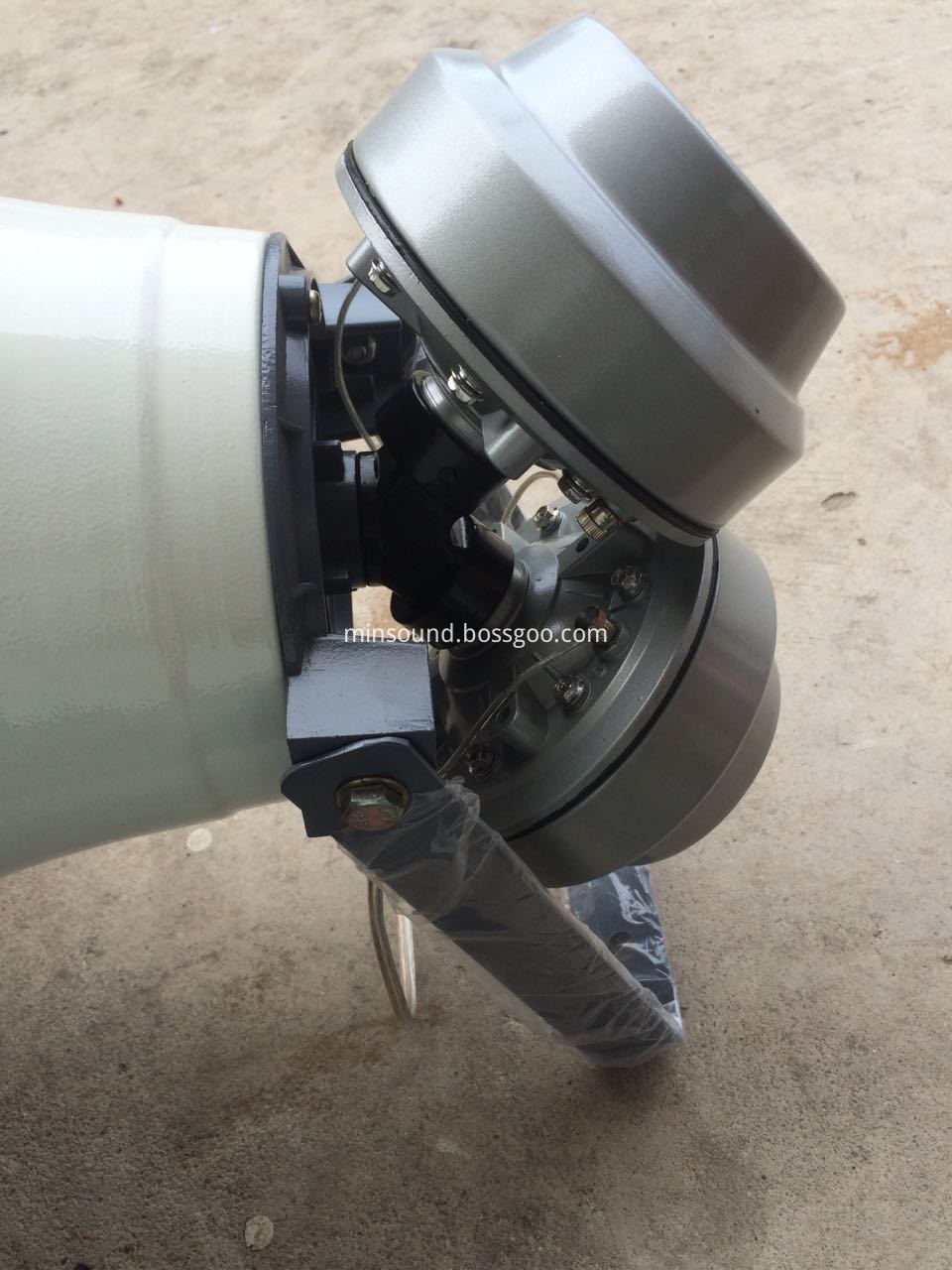It is very interesting now that the first reaction of many companies in responding to the EU Directive on Restriction of the Use of Certain Hazardous Substances in Electrical and Electronic Equipment (RoHS) is to hand over this work to the procurement department, requesting suppliers. Provide the composition of the materials supplied to ensure the use of toxic and hazardous substances that are restricted from the use of ROHS at the source. Although it seems that this response is very straightforward, it is safe to say that it is difficult to achieve the desired results. The reason is that this approach simply does not really use the component data provided by the supplier in operation. This kind of work involves all aspects of business operations and is not something that a single functional department can do. Below we will analyze from several aspects of the enterprise material management system. The impact of ROHS on inventory management Each company has a transition period for implementing ROHS environmental requirements. Depending on the type of product and its complexity, some implementation processes last for several years, and the shortest is more than one year. The material management of non-environmental products and environmentally friendly products during the transition period is the fundamental guarantee for the smooth implementation. Material management is to ensure that the materials are readily available and prevent the occurrence of dead and stagnant materials. Due to the emergence of ROHS, the inherently complex material management work has become more challenging. Due to the different conversion times of each supplier, this effect will definitely be passed on to downstream customers. During the trial production period of environmentally friendly products, companies can use the original non-environmental protection devices instead for internal functional testing or process review. This replacement with non-environmental devices should be well controlled. In most cases, the replacement of some non-critical parts (such as chip resistors or capacitors) does not affect lead-free process capability assessment or product functional testing. However, such products should not be sent to the customer for certification or directly to the relevant agency certification. At this time, companies must use complete environmental compliance devices. If the environmental conversion schedule for some devices in the current Product Bill of Materials (BOM) does not meet the company's own environmental implementation schedule, then the company may have to consider re-selecting those environmentally friendly devices already on the market, when the same function/parameters The environmentally friendly devices are not even partially redesigned when they are not available. Due to the different conversion schedules of various manufacturers in the industry and the exemptions in the EU Directive, each manufacturer must support the production and supply of non-environmental and environmentally friendly devices, which will inevitably affect the capacity and production efficiency of the device manufacturers. In addition, the uncertainty of demand for environmentally friendly devices in the future conversion process also poses a challenge to limited capacity allocation. This will increase the contradiction in the supply of environmentally-compliant devices during the conversion period. Enterprises must pay attention to such problems, evaluate existing inventory policies, and consider increasing the inventory for some low-value environmental devices (such as resistors, capacitors, etc.) until the entire industry completes the environmental conversion. Of course, if every company starts to do so, the short-term demand of the entire industry will be abruptly magnified (we often say “whip effectâ€), and supply contradictions will become more prominent. The conversion process will definitely lead to the formation of dead or stagnant materials in the original non-environmental devices, especially in the case of enterprises fully implementing environmentally friendly products. Therefore, the control of dead materials and stagnant materials will be a very important task in material management. From this perspective, companies should equate environmental protection with other new and old products. The impact of ROHS on procurement As can be seen from the above analysis, the material procurement department plays a very important role in the implementation. Due to these uncertainties in the environmentally friendly device supply market, procurement must closely monitor the development of the market and strengthen communication with the supply base. In order to ensure the simultaneous supply of non-environmental devices and environmentally friendly devices, the procurement department must pay close attention to the device manufacturer's product change notice (PCN), product elimination notice (EOL), and the last purchase (Last Buy). If this work is not done well, the result may be that the company can't buy the old device to support the normal needs of customers, and the new environmentally friendly products may not be available on the market. This will have a serious impact on the performance of the company and the satisfaction of the needs of market customers.
1 2 Next Page

1 2 Next Page

This series can connect two Driver Unit,so it is more powerful, not easy to burn out ,this driver unit connector is made of all-aluminum material, firm and wear-resistant, anti-freeze and anti-pressure, durable, , easy to install, long service life is also its strong point.it can also be used for HS200-02.
Driver Unit connector,Driver Unit Y Adapter,Compression Driver Y Adapter,Aluminum Y Adapter
Taixing Minsheng Electronic Co.,Ltd. , https://www.msloudspeaker.com